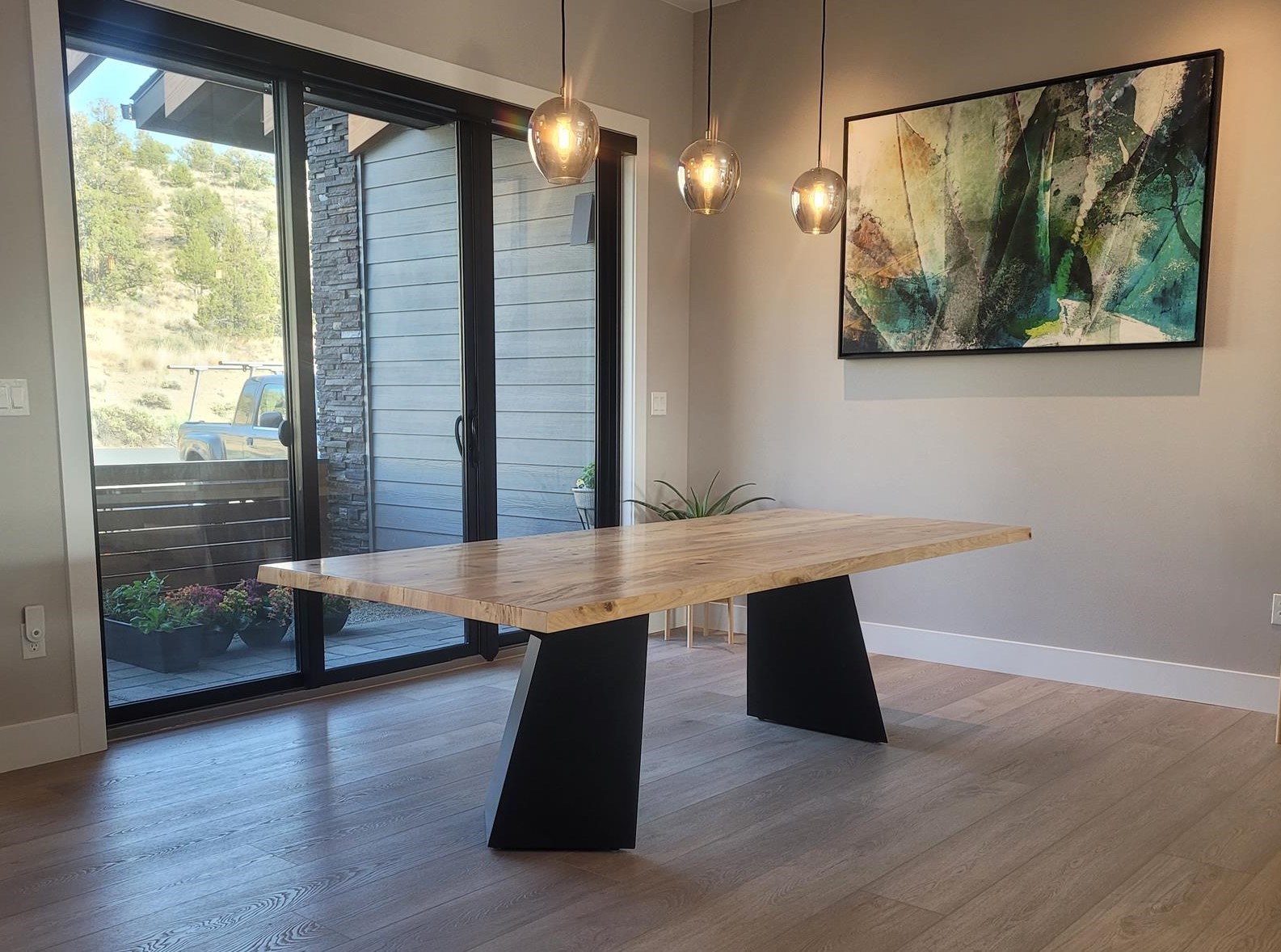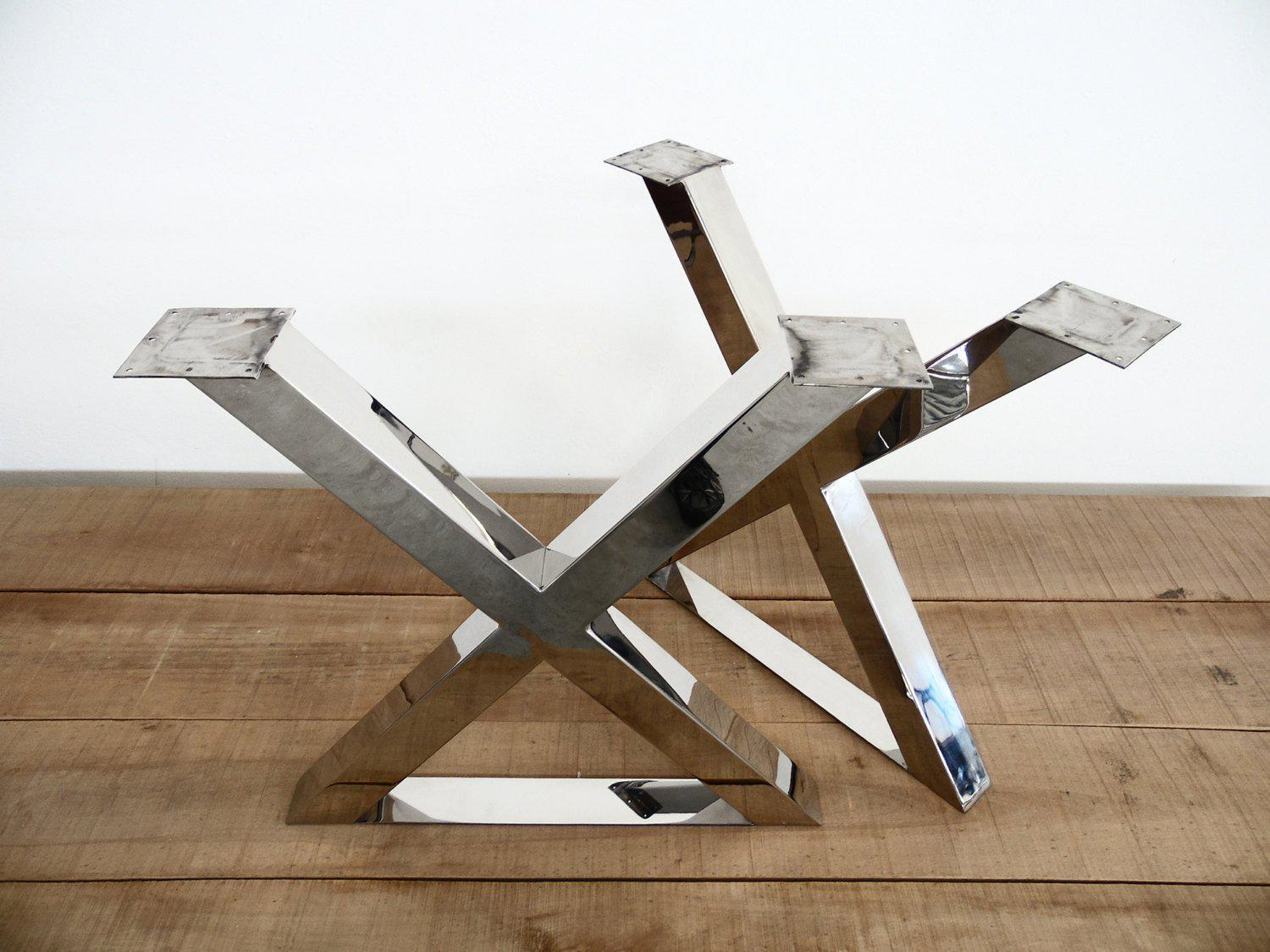The Ultimate Overview to Selecting Durable Dining Room Table Legs
The Ultimate Overview to Selecting Durable Dining Room Table Legs
Blog Article
A Thorough Take A Look At Table Leg Styles: Finding the Perfect Suit
Choosing the appropriate table leg design is vital for both visual allure and functional capability. Conventional four legs offer classic beauty and security, while the pedestal base provides boosted legroom and a contemporary look. For those with bigger tables, trestle legs make sure durable assistance, whereas hairpin legs present a mid-century contemporary vibe with their minimal design. The x-shaped legs mix contemporary design with improved stability. Each of these choices brings unique advantages, making the option greater than simply a matter of preference. Check out further to uncover which style flawlessly complements your eating space and way of living.
Standard 4 Legs
Amongst the various kinds of table leg styles, the standard four-leg layout continues to be a timeless choice for numerous families. This timeless arrangement offers a harmonious blend of functionality and looks, making it a seasonal fave. 4 legs give well balanced assistance, making certain the table continues to be stable and with the ability of bearing substantial weight. This is particularly advantageous for households that frequently host large gatherings or utilize their table for numerous purposes, such as work or crafting.
From an aesthetic perspective, the traditional four-leg layout can be quickly adapted to various indoor designs. Whether crafted from wood, metal, or a mix of materials, these legs can be intricately sculpted, streamlined and minimalistic, or anything in between. Their adaptability enables them to complement both rustic and modern settings seamlessly.
In addition, the simple structure of the four-leg layout assists in simplicity of movement and positioning within a room. Unlike even more complicated bases, this style lessens obstructions, giving adequate legroom for diners. In recap, the conventional four-leg table leg design marries withstanding beauty with sensible performance, making it a sharp option for those seeking both form and feature in their eating furniture.
Stand Base
Frequently celebrated for its stylish and space-efficient style, the pedestal base is a prominent choice to the typical four-leg setup in eating table leg designs. Without edge legs, diners are afforded higher flexibility of activity, making it an ideal choice for round and oval tables that promote even more intimate and comprehensive celebrations.
The main column itself offers a canvas for complex layouts and creative expressions, including an aspect of visual rate of interest beneath the table. In summary, the stand base combines functionality with style, making it an improved and functional choice for diverse eating environments.
Trestle Legs
Trestle legs supply a durable and classic foundation for dining tables, defined by their horizontal cross-bracing and durable assistance beams. Originating from medieval times, this design has actually progressed yet preserved its essential framework, making it a seasonal fave in both traditional and contemporary settings. The main trestle beam, typically supported by 2 or more vertical messages, supplies extraordinary stability, permitting for larger table sizes without the need for additional legs.
A considerable benefit of trestle leg tables is the sufficient legroom they provide. Unlike tables with 4 edge legs, the lack of blockages at the table's sides supplies unblocked space for chairs and diners, boosting comfort and accessibility. This makes trestle tables excellent for accommodating larger events, whether in a dining click space or a reception hall.
From rustic farmhouse to smooth modern-day designs, trestle legs can be customized to fit specific preferences. Their long-lasting charm and practical advantages make trestle legs a compelling selection for those looking for both design and practicality in their eating table.
Barrette Legs

The allure of hairpin legs hinges on their simplicity and adaptability - dining room table legs. Available in a series of products, consisting of you can try here steel and brass, they can be finished in many colors to enhance different indoor designs. Whether combined with a rustic wooden tabletop or a contemporary glass surface, hairpin legs effortlessly mix performance with a touch of classic beauty
Durability is an additional remarkable function of hairpin legs. In spite of their delicate look, these legs are engineered to bear significant weight, making certain the table remains steady and secure. Furthermore, he said they are relatively easy to mount, making them a preferred option for do it yourself enthusiasts and professional furnishings makers alike.
X-Shaped Legs

Built from materials such as steel, wood, or a mix of both, X-shaped legs can be tailored to match different design preferences. Steel legs often lend a streamlined and industrial feel, suitable for loft-style apartment or condos and modern-day dining areas. On the other hand, wooden X-shaped legs provide a warmer, more rustic appeal, ideal for farmhouse or eclectic interiors. The convenience in materials permits house owners to customize their eating tables to better fit their total style scheme.
In addition, the design behind X-shaped legs guarantees also weight distribution, lessening the risk of wobbling and improving durability. This makes them specifically well-suited for bigger dining tables that call for additional support. Fundamentally, X-shaped legs blend functional design with contemporary aesthetic appeals, making them an ageless option for diverse eating environments.
Verdict
An extensive understanding of dining table leg designs discloses the distinctive features and benefits of each style. Trestle legs ensure durable assistance for bigger tables, and barrette legs introduce a mid-century contemporary visual.
Report this page